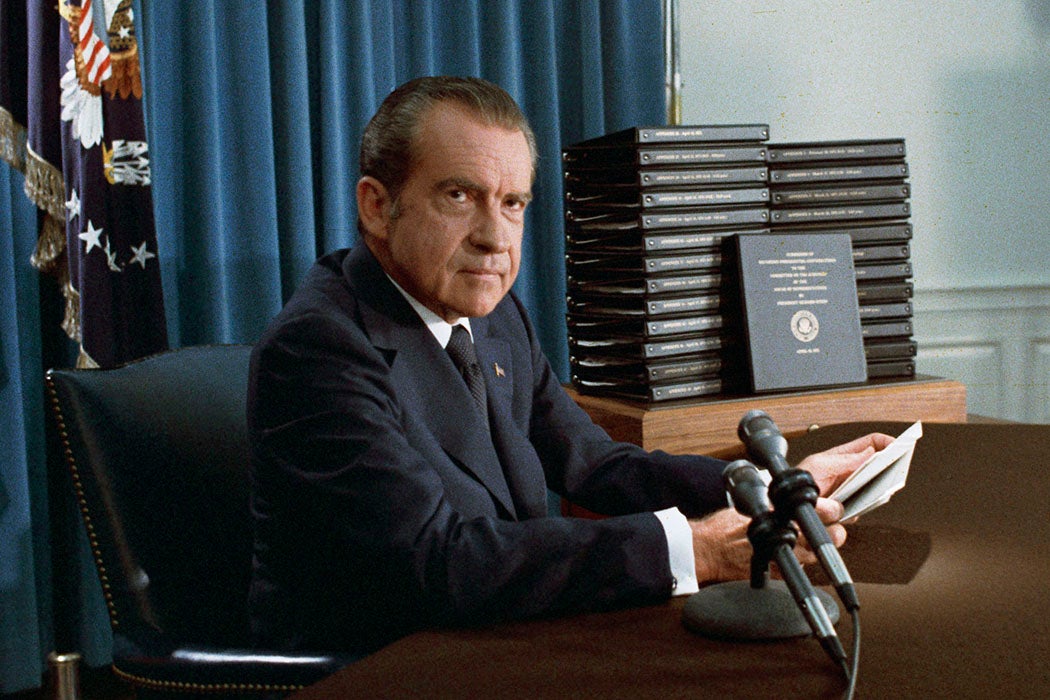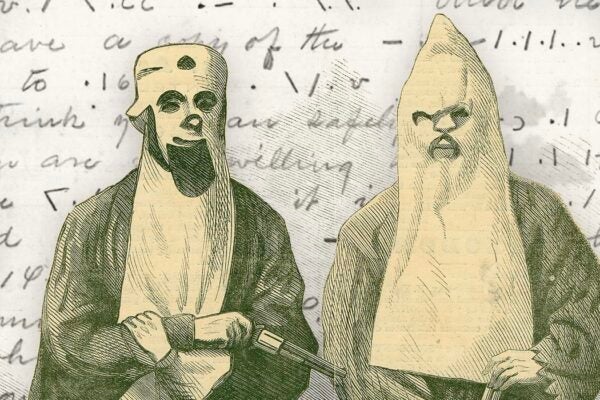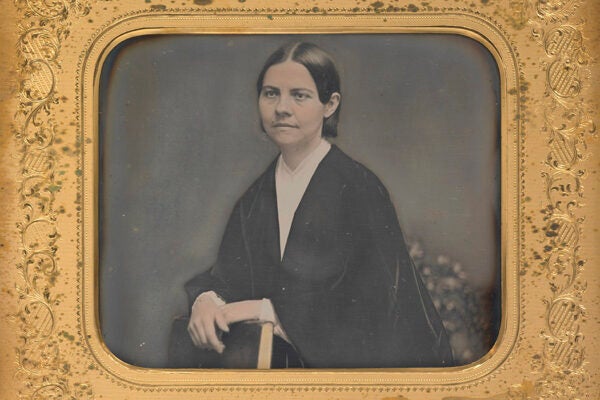By law, all communications seen and/or touched by a United States president are supposed to be preserved as part of the public record. This is a change from most of US history. From George Washington on, the temporary resident of the White House was considered the owner of administration documents. Franklin Roosevelt set a new precedent by donating his papers to public access. The Presidential Libraries Act of 1955 codified such donations as an option for presidents. The Presidential Records Act of 1978, written in the aftermath of the resignation of a president, Richard M. Nixon, facing a Senate impeachment trial for high crimes and misdemeanors, made public ownership of those records the new fact of the land.
Nixon’s (publicly funded) aides and (slush-funded) goons committed break-ins, set illegal wiretaps, obstructed justice, and engaged in financial crimes, including in campaign finance. They also “basically kidnapped” (as one of the thugs later admitted) and beat up Martha Mitchell, the outspoken wife of John Mitchell, director of Nixon’s re-election campaign and erstwhile US attorney general.
Nixon attempted to cover up his and his co-conspirators’ crimes with claims of “executive privilege,” denying White House documents (and the famous Oval Office tapes) to the democratic oversight of the courts and legislature. He claimed that he did so to protect the office of the presidency, essentially making a national security case for his own malfeasance.
That threat to American democracy was overcome, though Nixon’s “attempts to take possession and prevent the public release of his records based on claims of executive privilege lasted into the 1990s” before finally being rejected by the courts, as archivist Bradley J. Wiles writes.
“Executive privilege,” the power to hold back documents or information in possession of the US president from public scrutiny, is nowhere mentioned in the US Constitution. The term didn’t enter the political lexicon until the 1950s, part of a mid-century remaking of presidential power—into what political scientists call “the unitary executive.”
The extent of executive privilege is debated, with most agreeing that it shouldn’t be “invoked to hide a criminal act.” Yet history shows that it’s often the first refuge of the corrupt and the autocratic. Nixon so tainted the idea that “in the four presidential administrations immediately following Nixon, assertions of executive privilege were mostly avoided or euphemized because it had become so firmly associated with corruption and lawlessness,” Wiles writes.
Flash forward to 2018, when another Republican President, Donald J. Trump, had two records management analysts fired after they’d spent months taping together papers shredded in the White House.
This “Tapegate” story was largely lost in the running series of scandals that made the Trump administration (2017–2021) likely the most corrupt in modern American history. Wiles argues that it shouldn’t be forgotten. He calls the dismissed records managers “symbolic of the often-overlooked, frequently unappreciated, but always essential work that goes on behind the scenes to preserve history.”
It’s not easy. Wiles notes that there’s a “staggering (and growing) backlog of physical and digital records in various states of prerelease accessioning,” which includes declassification. The agency charged with all this, the National Archives and Records Administration (NARA), is consistently under- and/or de-funded.
“Records managers, archivists, and other professionals charged with the preservation of historical documents and information have very little power over the processes and decision-making that precede their specific role,” he writes.
Weekly Newsletter
There’s the rub: the records are in the White House’s possession before they’re under NARA’s control. The system as it stands depends on the honesty and goodwill of the gatekeepers. History has shown that’s no guarantee—we’ll never know what Nixon and Haldeman discussed for 18.5 minutes three days after the Watergate Hotel break-in; that section of the tape was erased in the White House itself.
After June 30, 2024, all federal records are supposed to be electronic as part of a “fully digital government” initiative. What the absence of a literal “paper trail” means to future researchers and historians—the power of such documents can be seen the Robert Caro’s thrillingly monumental biography, The Years of Lyndon Johnson—remains an unanswered question.
Teaching Tips
Consider issues of access: Presidential libraries serve as repositories for presidential records. Nancy Kegan Smith and Gary M. Stern discuss the decision-making process of archivists in making records available to the public. And Bruce P. Montgomery considers the effects of (and attempts to nullify) the Presidential Records Act.







